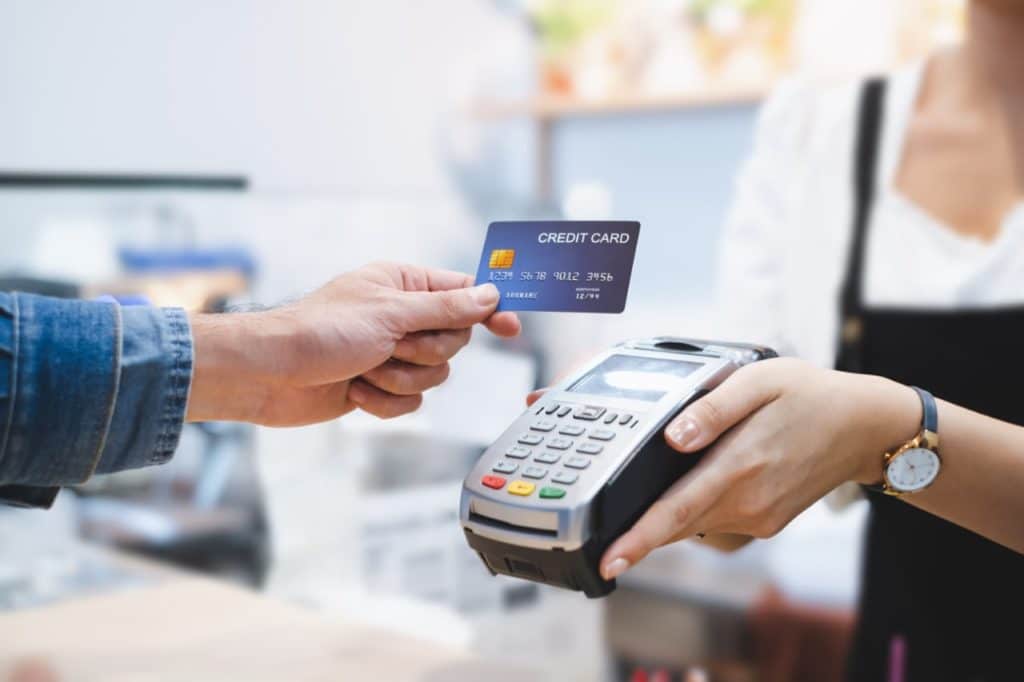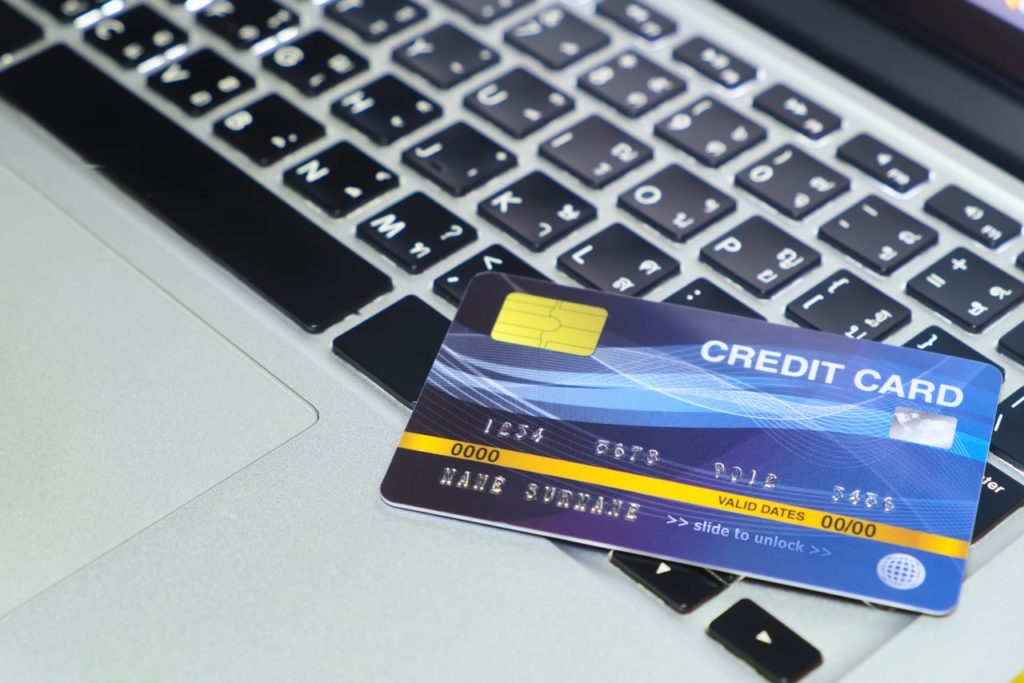Maybe you’ve turned down one or two buyers in the past week who asked if you accept card payments. Maybe there were even more who heard that your store doesn’t accept card payments, so they didn’t bother going to your place anymore. Nowadays, a lot of customers prefer to pay using their cards. Perhaps you’re wondering exactly how many customers you didn’t sell to because they wouldn’t pay in cash.
With the rise of e-commerce transactions and payments, you’ve also been receiving quite several emails and messages from inquiries asking why there’s no credit card option on your checkout page. But maybe you’ve heard about the surcharges that go with accepting card payments, so you decided to stay away from it altogether. To know more about how to accept credit card payments and impose surcharges, you can visit www.nadapayments.com and other similar sites.
1. What’s A Surcharge?
A surcharge is a small fee added to a credit card transaction. The purpose of the surcharge is to cover the costs incurred by the merchant to process the payment. Card companies used to charge these on merchants who in turn have to pay for them. In the past, card companies wouldn’t allow merchants to pass on the surcharges to their customers.
Imposing surcharges was a highly charged issue between card companies and merchants because card companies insisted that merchants pay them. Merchants had to face the dilemma of being burdened by the surcharges required by card companies and, on the other hand, the opportunity cost of losing a lot of business if they turn down consumers just because they don’t accept card payments.
2. Are Surcharges Allowed?
Merchants are allowed to impose surcharges in most states. There are some states, though, which don’t allow surcharges. In 2013, it was ruled out that surcharges are legal and that merchants are allowed to put on surcharges or transaction fees.
3. States Where Surcharging isn’t Allowed
There are anti-surcharging statutes in some states, but they can no longer be enforced because of recent decisions of the Supreme Court. These states are:
- Texas
- Oklahoma
- New York
- Utah
- California
- Maine
- Florida
As of the first few months of 2021, there are only four states and one US territory which don’t allow credit card surcharges. If you’re a merchant in any of the following jurisdictions, you can’t impose surcharges:
- Massachusetts
- Connecticut
- Kansas
- Colorado
- Puerto Rico
You’re still allowed to offer a cash discount to your customers if they pay in cash or check. Some say that allowing cash discounting but prohibiting surcharging is just a play with words.
The critical thing to remember is that in surcharging, you’re telling people it’d be better if they pay in cash because you’re going to add a few dollars’ worths of fees if they use their cards. In cash discounting, you’re telling people they’d be better off if they pay in cash because you’ll be giving them a discount.
Another limitation is that merchants can’t impose a surcharge on prepaid card or debit card transactions. You’re only allowed to do it with credit cards. Even if you’re running a card as if it’s a credit card, if it’s a transaction processed using signature debit, then it’s still a debit transaction, and it’s free from the surcharge.
The prohibition isn’t just a whimsical or arbitrary rule imposed by banks. The Durbin Amendment to the Dodd-Frank Wall Street Reform and Consumer Protection Act restricts the imposition of surcharges on prepaid or debit cards. The Durbin Amendment explicitly places a cap on interchange fees on debit transactions.

4. Rules On Surcharges
There are rules on credit card surcharges. They’re not always the same and uniform. You have to take note of what restrictions apply to which credit cards. Each credit card brand imposes its guidelines on how its accredited merchants can add surcharges. You should meet all these guidelines and requirements if you want to accept credit card payments from various card brands and impose surcharges.
Once you’ve started dealing with them, you’ll soon find out that they’re very conscious of protecting their slice of the market. They’ll make sure that merchants like you don’t impose anything which would discourage customers from paying thru their card over the competitor card brands. Here are some rules:
- If you’re going to impose surcharges, credit card companies require you to send a written notice to the card association as well as to your merchant services provider. You should send this notice at least 30 days before you start charging. The exception to this is American Express. As long as you comply with all the other rules, they won’t require you to provide written notice.
- You can only charge up to the effective rate for credit card transactions. This has a cap of 4%. So, if you’re thinking of raking in some profits from surcharges, forget about it. You’ll only be able to recover what you spent for surcharges yourself.
- If you’re going to impose surcharges, you’re required to post a notice inside your store saying that you do so or words to that effect. You’ll be required to post this at the entrance to your store and the point of sale, usually at the cashier. There’s a similar rule applied to e-commerce sites. They’re required to post the same notices at the checkout pages of their websites.
- You’ll have to write the surcharge amount as a separate line item on the receipt. You’re also required to put the surcharge amount in the settlement and the network authorization request. Again, American Express is the only exception to this rule.
- There’s a specific rule on the use of Visa and Mastercard. You can choose to impose product-level surcharges (this is allowed for particular lines of cards) or opt to import brand-level surcharges (allowed for all Visa cards). You won’t be allowed to impose both types of surcharges.
Charge Them
You know that oft-repeated nugget of wisdom in sales that each time a person walks into your store, that’s a sale waiting to happen. But you have to make it happen. Perhaps a couple of times, too often, though, you’ve had to turn away buyers because they would only pay using their card. You’ve read here about credit card payments and surcharges.





